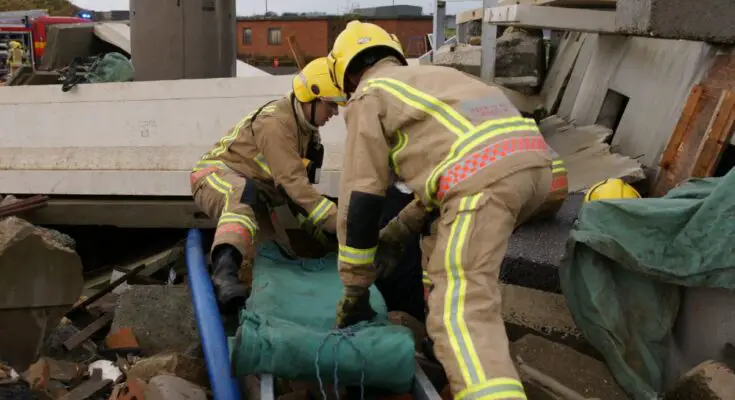Disaster relief scenarios demand quick and efficient responses. Having the right tools can make a significant difference in saving lives and ensuring the well-being of affected communities. In this blog, we will explore four important tools in disaster relief scenarios. By the end of this blog, you’ll understand why these tools are essential and how they contribute to effective disaster response.
Medical Supplies
One of the most important tools in disaster relief scenarios is medical supplies. When disasters strike, injuries and health issues are almost inevitable. First responders need to address these medical emergencies immediately. Essential medical supplies include first aid kits, antibiotics, antiseptics, bandages, and other critical items. These supplies help save lives, prevent infections, and comfort injured individuals. Medical professionals and volunteers rely on these supplies to offer timely care and stabilize patients before they can be transported to hospitals or clinics.
Portable Restrooms
Access to sanitation facilities is crucial in maintaining hygiene and preventing the spread of diseases. In the aftermath of disasters, existing infrastructure is often damaged or destroyed, leaving communities without proper sanitation. Portable restrooms are key to disaster relief because they provide clean and accessible bathroom facilities. Their presence helps reduce the risks of waterborne diseases and ensures that people can maintain basic hygiene standards, which is vital for their health and dignity during challenging times.
Communication Devices
Effective communication is critical in coordinating disaster relief efforts. Radios, satellite phones, and other reliable communication tools enable responders to stay connected even when traditional communication networks fail. These devices allow for the efficient dissemination of information, coordination of rescue operations, and mobilization of resources. Without these tools, communication breakdowns can hinder rescue efforts and delay the delivery of essential aid to those in need.
Heavy Machinery
Natural disasters often leave behind debris and obstructed pathways, making it challenging to reach affected areas. Heavy machinery like bulldozers, cranes, and excavators are crucial for clearing debris, rescuing trapped individuals, and rebuilding damaged infrastructure. These machines speed up the recovery process and allow for the safe movement of people and supplies. Their role in disaster relief cannot be overstated, as they help restore normalcy and facilitate the delivery of aid to remote and hard-to-reach locations.
Each of these four important tools in disaster relief scenarios plays a vital role in ensuring efficient and effective disaster response. By understanding the importance of these tools, we can better appreciate the efforts of first responders and organizations dedicated to providing relief to those in need.



